Effective project management is crucial in delivering successful electrical engineering projects, ensuring technical excellence, budget compliance, and timely delivery. At Partum Engineering, we specialise in managing complex engineering challenges with precision, drawing on decades of industry expertise. This article explores the core principles underpinning the management of electrical engineering projects, offering insights into how these principles foster success across a range of applications.
1. Defining Clear Objectives
Every project begins with a clearly defined scope. This involves outlining the technical, financial, and scheduling parameters that must be achieved. In electrical engineering projects, this can include system performance metrics, design specifications, regulatory compliance, and client expectations.
Key Actions:
- Collaborate with stakeholders to establish measurable goals.
- Document scope requirements in detail to prevent scope creep.
- Use frameworks like SMART criteria to ensure objectives are Specific, Measurable, Achievable, Relevant, and Time-bound.
At Partum Engineering, we recognise the importance of aligning project deliverables with client priorities to ensure clarity and shared understanding.
2. Prioritising Safety and Compliance
Safety is non-negotiable in electrical engineering. High-voltage systems, substations, and distribution networks all pose significant risks if not managed correctly. Compliance with Australian Standards (such as AS/NZS 3000) and other regulatory requirements is integral to project planning and execution.
Key Actions:
- Perform detailed risk assessments at every stage of the project.
- Incorporate safety-by-design principles to mitigate hazards.
- Stay abreast of evolving standards and industry regulations.
By embedding safety into the project lifecycle, we minimise risks to personnel, assets, and the environment.
3. Effective Communication
Complex electrical engineering projects often involve multidisciplinary teams, including engineers, drafters, project managers, and external consultants. Maintaining seamless communication ensures that all parties are aligned and informed.
Key Actions:
- Establish regular project meetings and reporting schedules.
- Leverage collaborative tools like project management software.
- Maintain transparency with clients regarding project progress, challenges, and resolutions.
Open lines of communication help prevent costly misunderstandings and ensure smooth project delivery.
4. Robust Planning and Scheduling
Electrical engineering projects often face tight deadlines and resource constraints. A comprehensive project plan is essential for managing these challenges and achieving milestones.
Key Actions:
- Use tools such as Gantt charts to visualise project timelines.
- Identify critical paths to allocate resources efficiently.
- Include contingency plans to account for unforeseen disruptions.
At Partum Engineering, we apply meticulous planning to manage everything from procurement schedules to construction phases, ensuring projects stay on track.
5. Resource Optimisation
Balancing resources—whether labour, materials, or equipment—is fundamental to cost control and timely delivery. Resource bottlenecks can derail even the most well-planned projects.
Key Actions:
- Perform detailed resource forecasting during project initiation.
- Monitor resource utilisation through regular reviews.
- Engage with reliable suppliers to secure materials and components promptly.
Leveraging robust supply chain management practices ensures that projects progress without unnecessary delays or cost overruns.
6. Risk Management
Uncertainty is a constant in engineering projects. Whether it’s unexpected site conditions, regulatory hurdles, or supply chain disruptions, risks must be proactively managed to minimise their impact.
Key Actions:
- Conduct risk assessments during project scoping and design stages.
- Develop risk mitigation strategies, such as alternative sourcing options.
- Regularly review risk registers to ensure emerging risks are addressed.
At Partum Engineering, we adopt a proactive approach to risk management, enabling us to anticipate challenges and adapt quickly.
7. Leveraging Technology
Modern electrical engineering projects benefit significantly from advanced tools and technologies. From computer-aided design (CAD) to building information modelling (BIM) and simulation software, these tools enhance accuracy and efficiency.
Key Actions:
- Invest in industry-leading design tools like AutoCAD Electrical and ETAP.
- Use digital twin technology to model systems before construction.
- Implement SCADA systems to monitor and manage operational networks.
By embracing innovation, we deliver cutting-edge solutions that meet the demands of modern energy systems.
8. Fostering Collaboration
Successful project management goes beyond managing timelines and budgets—it involves building relationships. Collaboration with stakeholders, from clients to contractors, creates a cohesive and efficient project environment.
Key Actions:
- Establish clear roles and responsibilities at the outset.
- Encourage knowledge sharing among team members.
- Resolve conflicts quickly to maintain momentum.
Strong collaboration ensures that all contributors work towards a shared vision, delivering results that exceed expectations.
9. Monitoring and Quality Control
Delivering high-quality outcomes is a cornerstone of electrical engineering project management. Continuous monitoring and stringent quality checks ensure that the final product meets or exceeds specifications.
Key Actions:
- Implement quality assurance processes, such as Factory Acceptance Testing (FAT) and Site Acceptance Testing (SAT).
- Monitor project progress against key performance indicators (KPIs).
- Perform regular site inspections to ensure construction aligns with designs.
At Partum Engineering, our commitment to quality drives everything we do, ensuring that every project is a success.
10. Continuous Improvement
Every project provides an opportunity to learn and improve. Post-project reviews allow teams to reflect on successes, challenges, and areas for growth.
Key Actions:
- Conduct detailed post-mortems to capture lessons learned.
- Update internal processes and standards based on findings.
- Encourage feedback from clients and team members.
By fostering a culture of continuous improvement, we stay at the forefront of industry best practices and deliver superior results.
Managing electrical engineering projects requires a delicate balance of technical expertise, leadership, and strategic planning. By adhering to these principles—defining clear objectives, prioritising safety, fostering collaboration, and leveraging technology—Partum Engineering ensures every project is delivered with excellence.
Whether you’re planning a high-voltage substation or designing a renewable energy system, our team is here to guide you every step of the way. Contact us today to learn how we can bring your next electrical engineering project to life.






